
एटीएम को डिकोड करना: पूर्ण रूप, तात्पर्य व इनके उपयोग से संबंधित विवरण
17 नवम्बर 2023
Table of Content
Definition of ATM
ATM stands for an “Automated Teller Machine”. An ATM is a computerized device that enables individuals to conduct various banking transactions without the need for a human teller. It provides a convenient way to access and manage our bank accounts, even outside the banking hours.
Full Form of ATM
As mentioned earlier, ATM stands for “Automated Teller Machine”. The term "automated" refers to the machine's ability to perform tasks automatically, without human intervention. "Teller" refers to a bank employee who typically handles cash transactions. By combining these two concepts, the term ATM aptly describes a machine that carries out the tasks traditionally performed by a human teller.
History of ATMs
1. The Birth of ATMs
The concept of ATMs can be traced back to the 1960s. The first ATM was introduced in 1967 by Barclays Bank in London, England. It was a simple machine that allowed customers to withdraw a fixed amount of cash using a specially designed paper voucher and a personal identification number (PIN). This breakthrough innovation aimed to provide customers with greater convenience and reduce the need for human tellers.
2. The Magnetic Stripe Revolution
In the early 1970s, the advent of magnetic stripe technology revolutionized ATMs. With the introduction of magnetic stripe cards, customers could now insert their cards into the machine and access their bank accounts. This innovation eliminated the need for paper vouchers and significantly improved the user experience. The magnetic stripe technology also paved the way for more advanced features in the future.
3. Networked ATMs and Shared Banking
During the late 1970s and early 1980s, the concept of networked ATMs emerged. This meant that ATMs from different banks could be connected to a central network, enabling customers to access their accounts at any participating bank's ATM. This development opened up a world of convenience, as customers were no longer limited to their own bank's branches for cash withdrawals. This marked a significant milestone in the evolution of ATMs.
4. Enhanced Functionality and User Interface
As the 1990s rolled in, ATMs underwent major transformations. Banks began introducing ATMs with enhanced functionality, such as the ability to deposit cash and checks, transfer funds between accounts, and even pay bills. These additional features expanded the range of services customers could access at the ATM, making them even more indispensable in everyday life. User interfaces also underwent significant improvements. Earlier ATMs had monochromatic screens and a limited number of buttons. However, the advancement in technology led to the introduction of full-color screens, touchscreens, and intuitive graphical user interfaces (GUIs). These enhancements made using ATMs more intuitive and user-friendly.
How Does an ATM Work?
Now that we know what an ATM is, let's delve into how it actually works. At its core, an ATM is a combination of hardware and software components. When you approach an ATM, you insert your plastic card, usually a debit card or credit card, into the card slot. The card contains a magnetic stripe or a chip that stores your account information. Once the card is inserted, you are prompted to enter a Personal Identification Number (PIN) to authenticate yourself as the account holder. Upon successful authentication, the ATM establishes a connection with your bank's network to retrieve your account details. This allows you to perform various transactions such as cash withdrawals, balance inquiries, fund transfers, and even bill payments.
Advantages and Disadvantages of ATMs
ATMs offer several advantages that make our lives easier. Firstly, they provide convenient 24/7 access to our bank accounts, allowing us to withdraw cash or perform transactions at any time. This eliminates the need to visit a physical bank branch during its working hours. Additionally, ATMs are often located in various locations, making them easy to access in emergencies or when we are traveling. Furthermore, ATMs have simplified banking procedures, reducing the dependence on human tellers. They allow us to perform routine transactions quickly and efficiently, saving us time and effort. Moreover, ATMs have contributed to the growth of online banking, enabling us to check our account balances and make transfers without visiting a bank's website www.bankofbaroda.in
Despite their advantages, ATMs also have a few downsides. One of the main concerns is the risk of theft or fraud. Criminals may use various techniques to steal card information or observe PINs, which can lead to unauthorized access to accounts. It is crucial to be vigilant and follow recommended security practices while using ATMs.
Conclusion
In conclusion, ATMs, or Automated Teller Machines, have revolutionized the way we interact with our banks. They provide a convenient and accessible means to manage our bank accounts, offering services such as cash withdrawals, balance inquiries, and fund transfers. With their round-the-clock availability and user-friendly interfaces, ATMs have become an indispensable part of our modern banking experience. So the next time you walk up to an ATM, remember its full form, Automated Teller Machine, and appreciate the technology that allows you to handle your banking needs with just a few simple steps. Just be cautious and aware of potential security risks while enjoying the convenience that ATMs bring to our lives.
Popular Articles
What is Tenure in a Personal Loan and How to Choose the Loan Tenure Smartly?
Related Articles
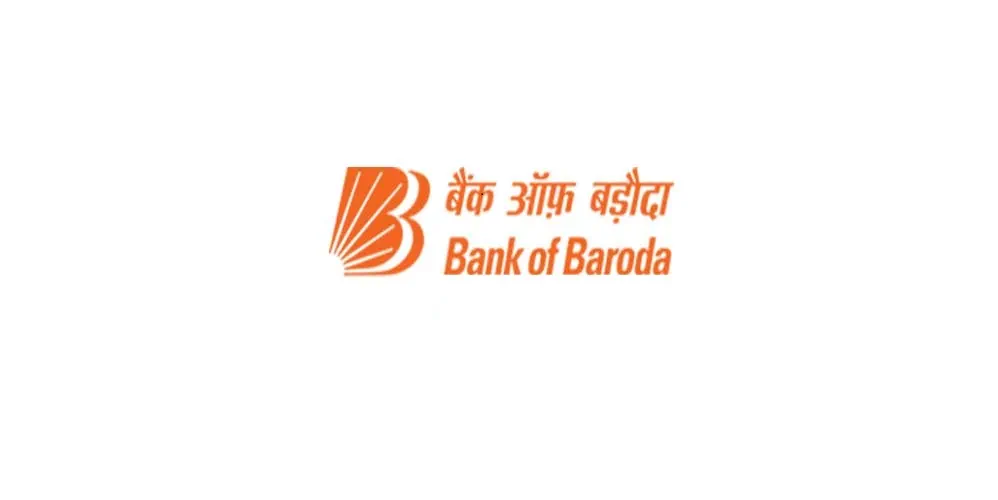

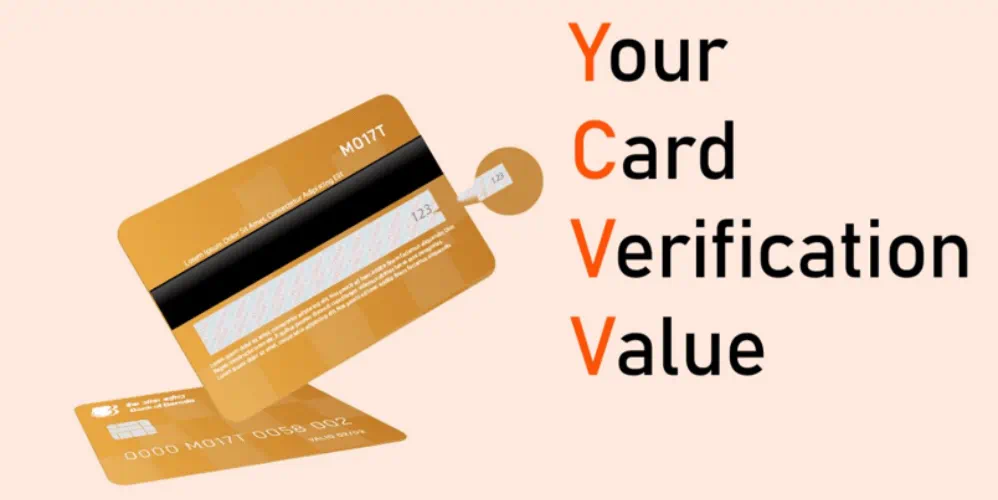
What is CVV on a Debit Card? Understanding Its Importance and Security Features
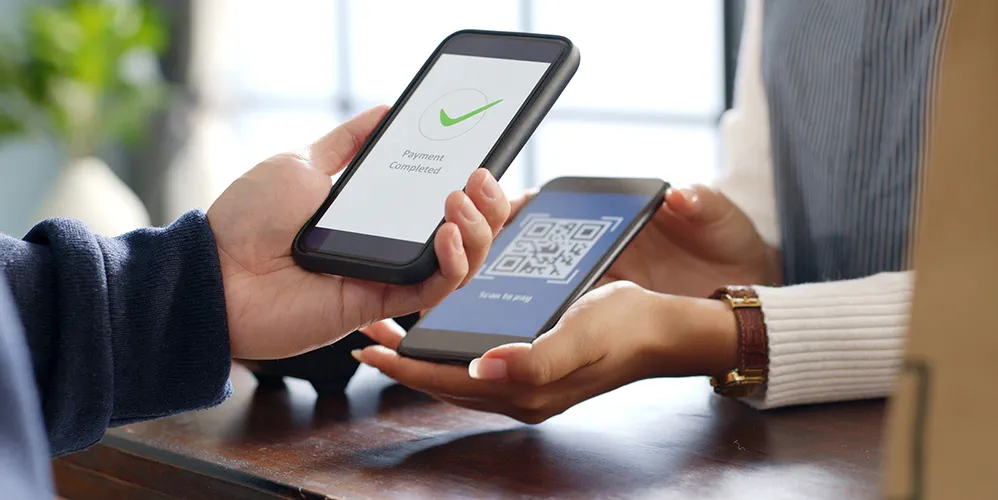

How to Update Your FASTag KYC: Step-by-Step Guide for Online & Offline Methods

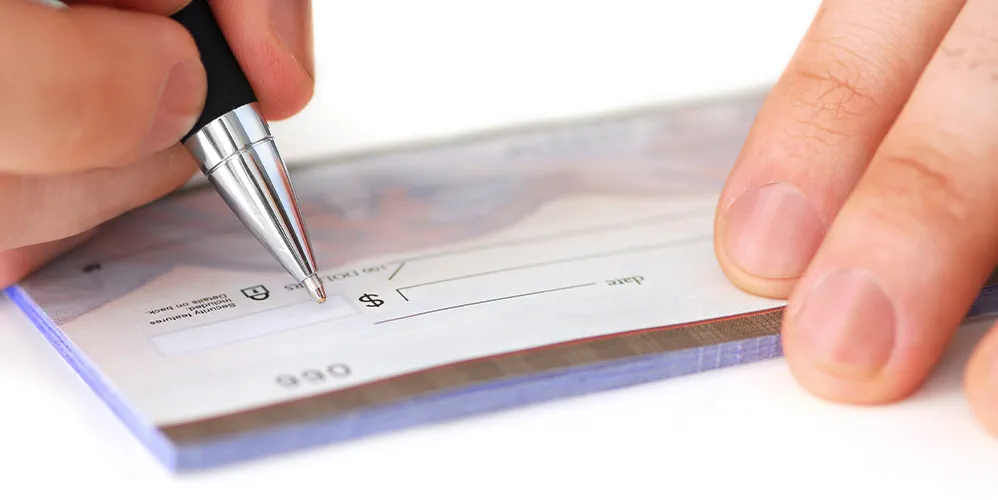
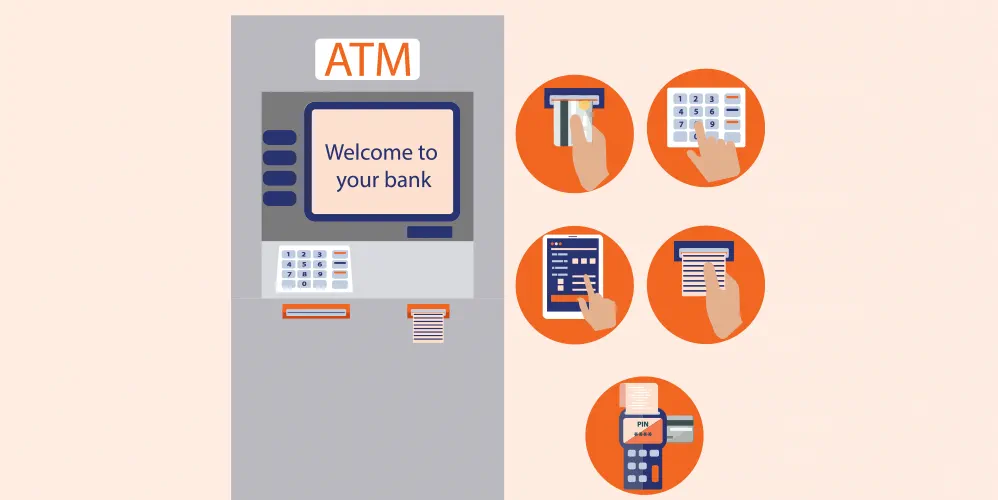

The Importance of Pension Funds: Secure Your Future with Steady Retirement Income

-
डिस्क्लेमर
इस लेख/इन्फोग्राफिक/चित्र/वीडियो की सामग्री का उद्देश्य केवल सूचना से है और जरूरी नहीं कि यह बैंक ऑफ बड़ौदा के विचारों को प्रतिबिंबित करे। सामग्री प्रकृति में सामान्य हैं और यह केवल सूचना मात्र है। यह आपकी विशेष परिस्थितियों में विशिष्ट सलाह का विकल्प नहीं होगा । बैंक ऑफ बड़ौदा और/या इसके सहयोगी और इसकी सहायक कंपनियां सटीकता के संबंध में कोई प्रतिनिधित्व नहीं करती हैं; यहां निहित या अन्यथा प्रदान की गई किसी भी जानकारी की पूर्णता या विश्वसनीयता और इसके द्वारा उसी के संबंध में किसी भी दायित्व को अस्वीकार करें। जानकारी अद्यतन, पूर्णता, संशोधन, सत्यापन और संशोधन के अधीन है और यह भौतिक रूप से बदल सकती है। इसकी सूचना किसी भी क्षेत्राधिकार में किसी भी व्यक्ति द्वारा वितरण या उपयोग के लिए अभिप्रेत नहीं है, जहां ऐसा वितरण या उपयोग कानून या विनियमन के विपरीत होगा या बैंक ऑफ बड़ौदा या उसके सहयोगियों को किसी भी लाइसेंसिंग या पंजीकरण आवश्यकताओं के अधीन करेगा । उल्लिखित सामग्री और सूचना के आधार पर किसी भी वित्तीय निर्णय लेने के लिए पाठक द्वारा किए गए किसी भी प्रत्यक्ष/अप्रत्यक्ष नुकसान या देयता के लिए बैंक ऑफ बड़ौदा जिम्मेदार नहीं होगा । कोई भी वित्तीय निर्णय लेने से पहले अपने वित्तीय सलाहकार से सलाह जरूर लें।
From PINs to Receipts: Everything You Need to Know About Withdrawing Money from ATMs
Learn how to withdraw cash from an ATM with simple steps from Bank of Baroda. Discover how to take money from an ATM, get security tips for withdrawing money & explore the various types of ATM cards & PINs available.
क्रेडिट कार्ड की विशेषताओं, लाभों और युक्तियों को समझें
क्रेडिट कार्ड विभिन्न विशेषताओं और लाभों के साथ आते हैं, और जब बुद्धिमानी से और सावधानी से उपयोग किया जाता है, तो आपके वित्त का प्रबंधन करने और आपकी व्यक्तिगत और व्यावसायिक आकांक्षाओं के लिए क्रेडिट लाइन बनाने का एक शानदार तरीका होता है। क्रेडिट कार्ड प्राप्त करने से पहले, उन सुविधाओं, लाभों और चीजों को समझना महत्वपूर्ण है जिन्हें आपको क्रेडिट कार्ड का उपयोग करते समय ध्यान में रखना चाहिए। यदि आपके पास रुपे क्रेडिट कार्ड है तो क्रेडिट कार्ड को कार्ड के साथ या यूपीआई के माध्यम से भुगतान करने की क्षमता जो लोकप्रिय बनाती है। यह अविश्वसनीय रूप से सुविधाजनक हो सकता है, लेकिन इसका मतलब यह भी है कि आपको अधिक खर्च न करने और ऋण लेने के लिए सावधान रहने की आवश्यकता है। आखिरकार, यह तय करने से पहले पेशेवरों और विपक्षों को तौलना महत्वपूर्ण है कि क्रेडिट कार्ड आपके लिए सही है या नहीं।

